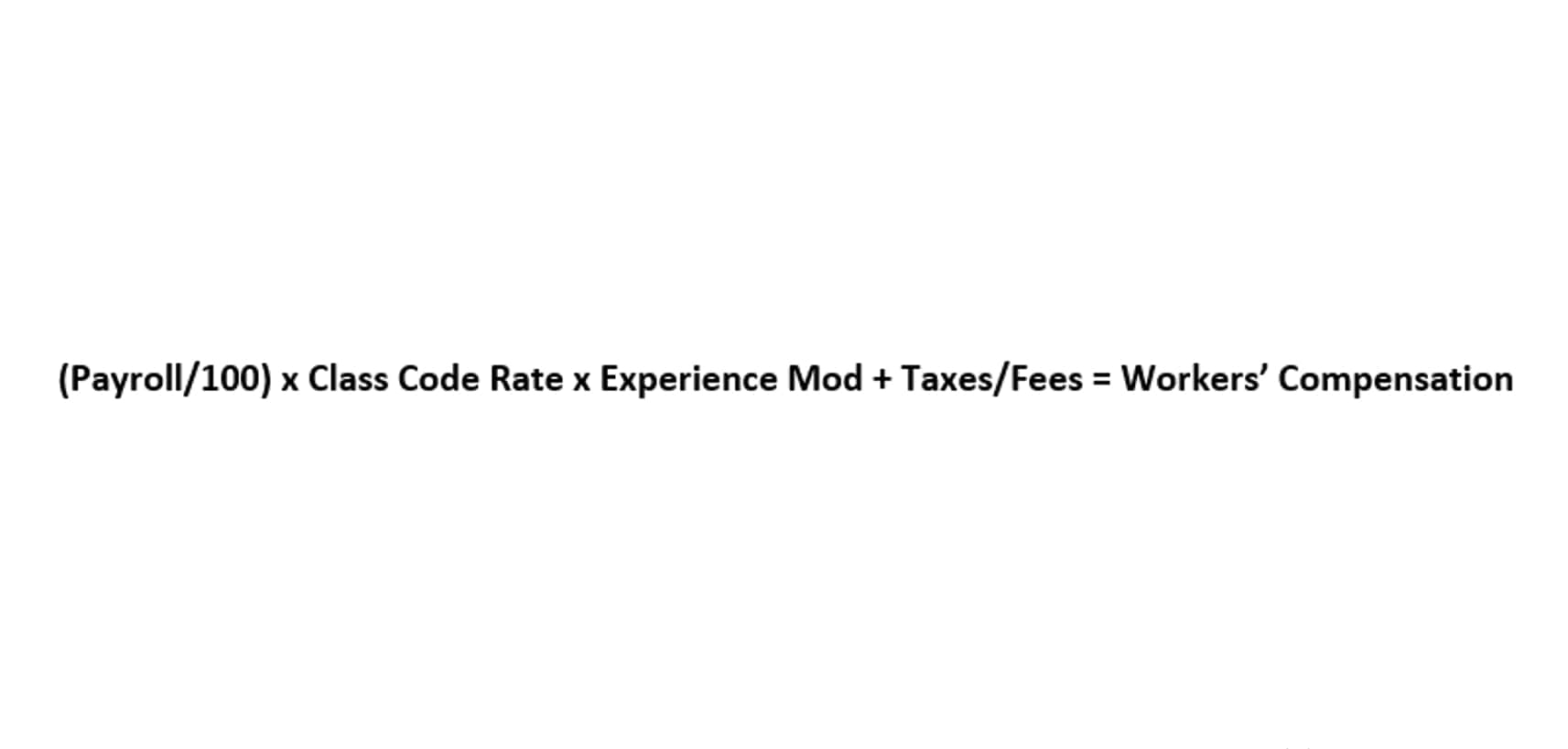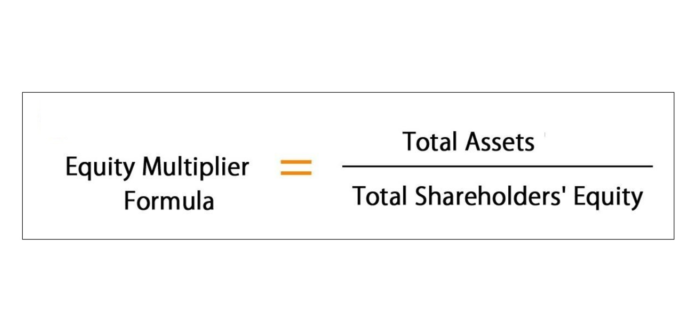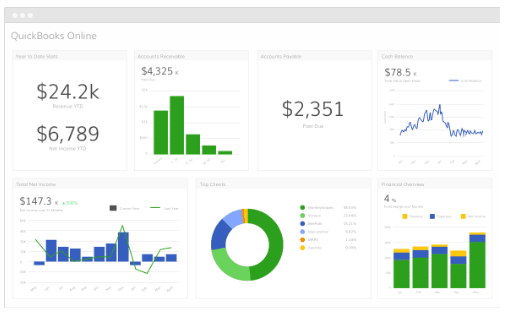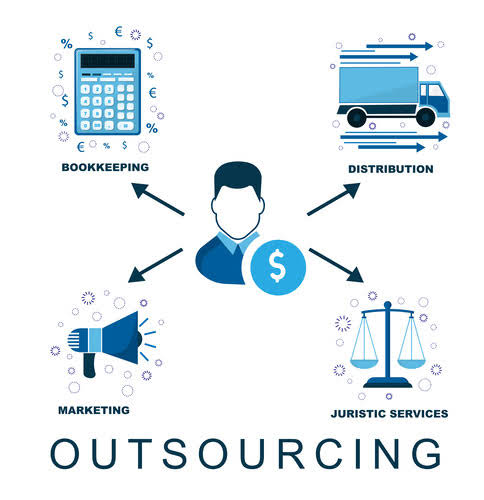Dividend policy is closely connected to retained earnings because dividends are paid out of the profits accumulated in the retained earnings account. A company’s dividend policy outlines how much profit will be distributed to shareholders and how much will be retained for reinvestment. If a company’s retained earnings are low or negative, it may lack sufficient internal funds to pursue expansion. Additionally, retaining too much profit and not paying dividends can frustrate shareholders who expect regular income.
Resources
It should be noted that you can use this same formula for how to calculate end-of-year earnings or for any other period you wish to measure. CFI is the global institution behind the financial modeling and valuation analyst FMVA® Designation. CFI is on a mission to enable anyone to be a great financial analyst and have a great career path. In order to help you advance your career, CFI has compiled many resources to assist you along the path.
- Liabilities represent what a company owes externally, including loans, accounts payable, and deferred revenue.
- In contrast, sole proprietorships and partnerships do not have retained earnings accounts in the same way.
- The same goes for the net profit/net loss, calculated by the month, quarter, year, or whatever your accounting period is.
- Instead, they are a component of the shareholders’ equity section of the balance sheet.
- Instead of being assets themselves, retained earnings represent the owners’ claim on a portion of the company’s existing assets.
- Both retained earnings and revenue can give you some valuable information about the success of your company.
How to Find Net Income with Your Retained Earnings and Dividends
Retained earnings are calculated through taking the beginning-period retained earnings, adding to the net income (or loss), and subtracting dividend payouts. The balance between rewarding shareholders and retaining profits for growth is the kind of tightrope walk that finance professionals must master. A company’s equity reflects the value of the business, and the retained earnings balance is an important account within equity. To make informed decisions, you need to retained earnings asset or liabilities understand how slot monster casino like the balance are retained earnings a liability sheet and the income statement impact retained earnings. Retained earnings, as a component of equity, represents a portion of the owners’ claim on the company’s assets. It shows how much of the company’s assets have been financed by accumulated profits that were reinvested, rather than being distributed to shareholders or sourced from debt.
What are negative retained earnings?
By investing in R&D, companies can stay ahead of the curve, anticipate and respond to changing market demands, and maintain their long-term competitiveness and growth potential. If we rearrange the Accounting Equation, Equity is equal to Assets minus Liabilities. You can think of them as resources that a business Certified Bookkeeper controls due to past transactions or events. We also use different external services like Google Webfonts, Google Maps, and external Video providers.
Understanding Retained Earnings
Uncover the financial logic behind why a company’s retained profits are categorized as owner’s equity, not business assets. However, unlike retained earnings, revenue is reported as an asset on the balance sheet. Your retained earnings balance is $105,000, and you can decide if you want to reinvest that money and/or pay off debts with it. https://mkmandiri.com/2021/12/22/how-to-calculate-accumulated-depreciation/ Explore the accounting principle clarifying why retained earnings are an equity component, not an asset, within a company’s financial framework.
Is the Cost of Depreciation Included in EBIT?
By understanding how assets and liabilities influenced your business’s earnings during the current period, you’ll know how to calculate any additions to your earnings. You can use your profit and loss statement or cash flow statement if you need help determining your net income or net loss from the current period. Beyond current period net income and dividends, the calculation also requires the beginning retained earnings balance. This figure, from the end of the previous accounting period, becomes the starting point for the current period’s calculation. This balance is located in the equity section of the prior period’s balance sheet.
What Is Full Cycle Accounts Payable? The Process Explained
- They allow online bookkeeping for a level of agility that external financing can’t always match, given the absence of additional debt or equity strings attached.
- Unlike assets, which are resources controlled by the company, retained earnings are an equity account showing the portion of net income that remains in the company.
- Retained earnings are an accounting measure of accumulated net income after dividends, while cash flow refers to the actual inflows and outflows of cash within a company.
- If I purchase a $30,000 vehicle (asset) with a $25,000 loan (liability) and $5,000 in cash (equity), I’ve acquired an asset of $30,000, but have only $5,000 of equity in the asset.
- CFI is on a mission to enable anyone to be a great financial analyst and have a great career path.
Some of the ratio calculations require information that cannot be found on the balance sheet. A few pieces may need to be found on the income statement or other financial statements. Recognizing net assets with donor restrictions and representing them as such in financial statements is crucial so that organizational decision-makers are aware of obligations in the future. The current ratio measures assets that will be cash within a year and liabilities that will have to be paid within a year and can provide an indication of an organization’s future cash flow. The return on equity (ROE) metric, derived from net income divided by average equity, measures profitability relative to shareholder investment.
Financial Stability and Resilience:
Management and shareholders might want to retain the earnings for various reasons. Management, having better knowledge of the market and the company’s operations, may have ambitious plans for future growth that will yield substantial returns down the road. Another limitation is the potential for management discretion in dividend policy.
Retained Earnings on the Balance Sheet
Retained earnings provide a cost-effective means to finance projects, especially for companies with strong profitability. This internal source of funds can be quicker to access and less restrictive than external capital. It also signals to investors that the company is generating sufficient profits to sustain growth without relying heavily on outside funding.
Balance Sheet
Notes payable represent formal promises to repay borrowed money by a specific date. Unearned revenue, where a customer pays in advance for goods or services not yet delivered, also constitutes a liability until the service is provided. These are claims against the company’s assets by someone other than its owners, requiring future settlement. Retained earnings originate from a company’s net income, which is the profit remaining after all expenses, including corporate income taxes, have been deducted from revenue. After calculating net income, a company’s board of directors decides how much profit, if any, will be paid out as dividends.







